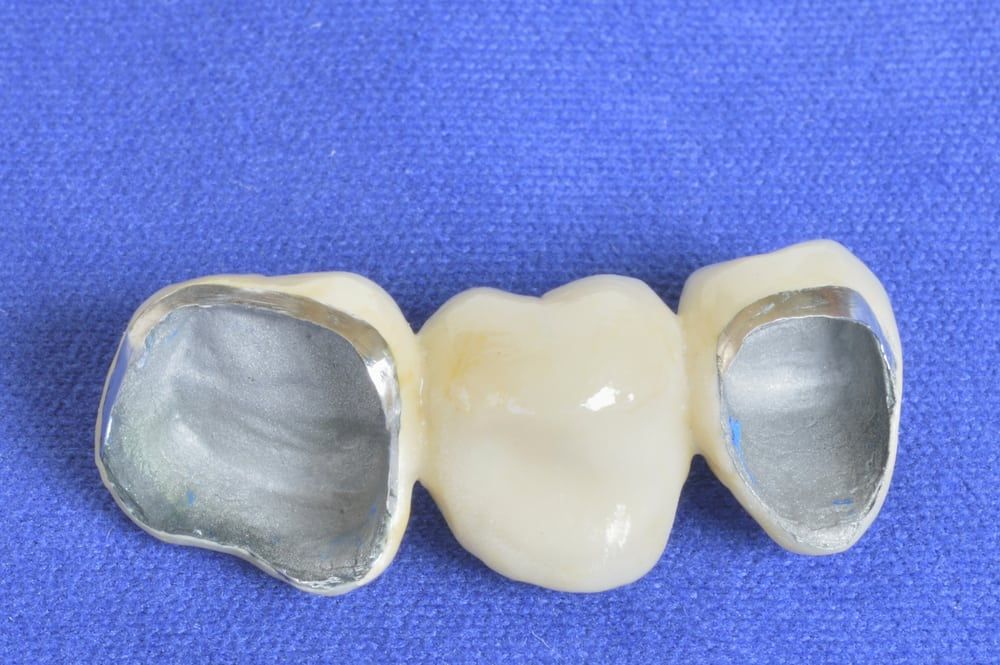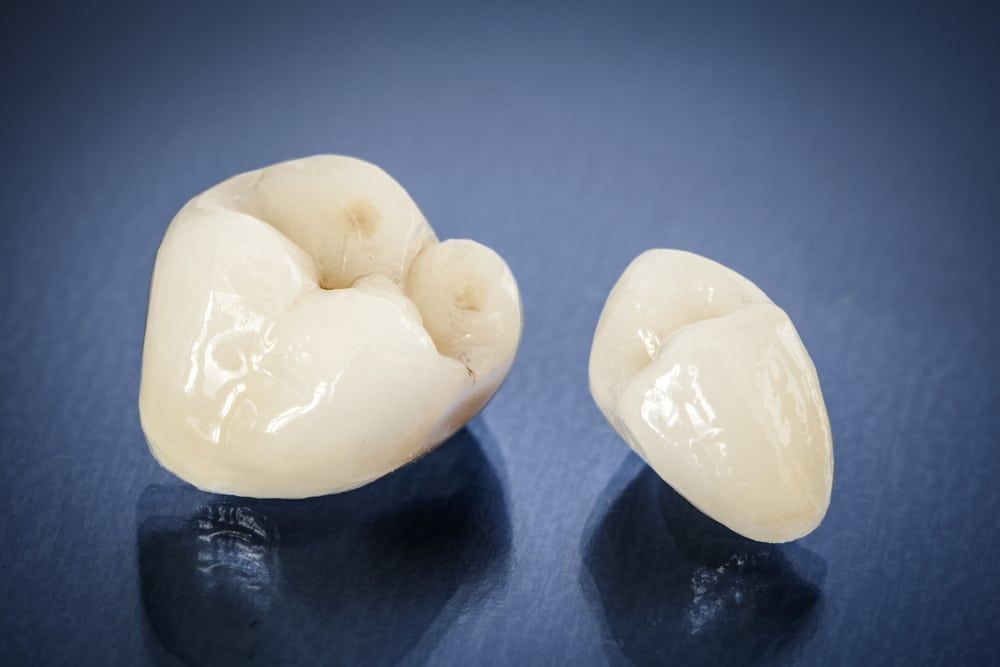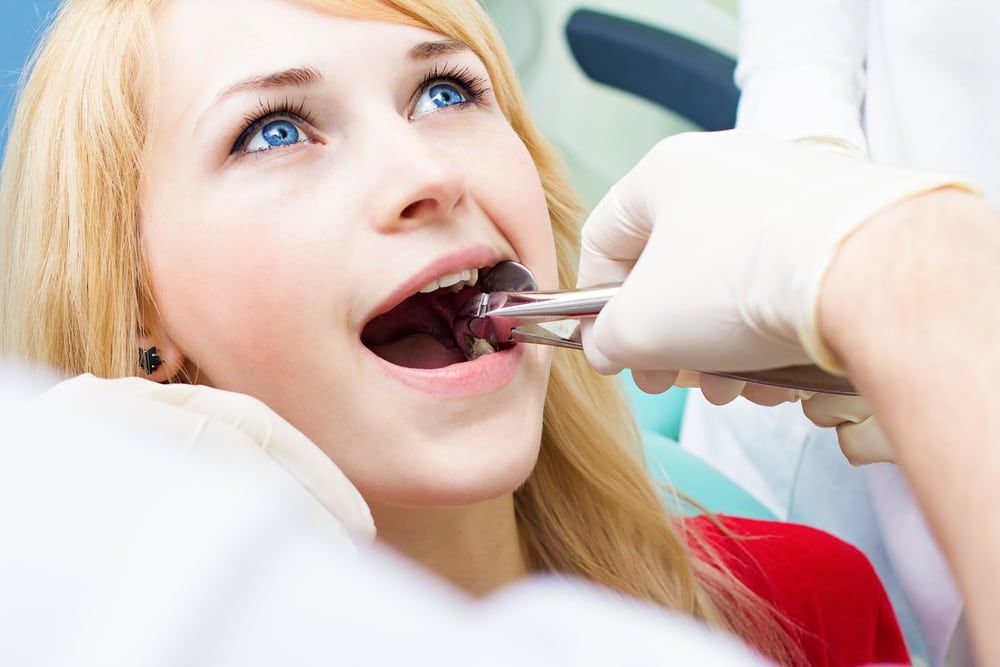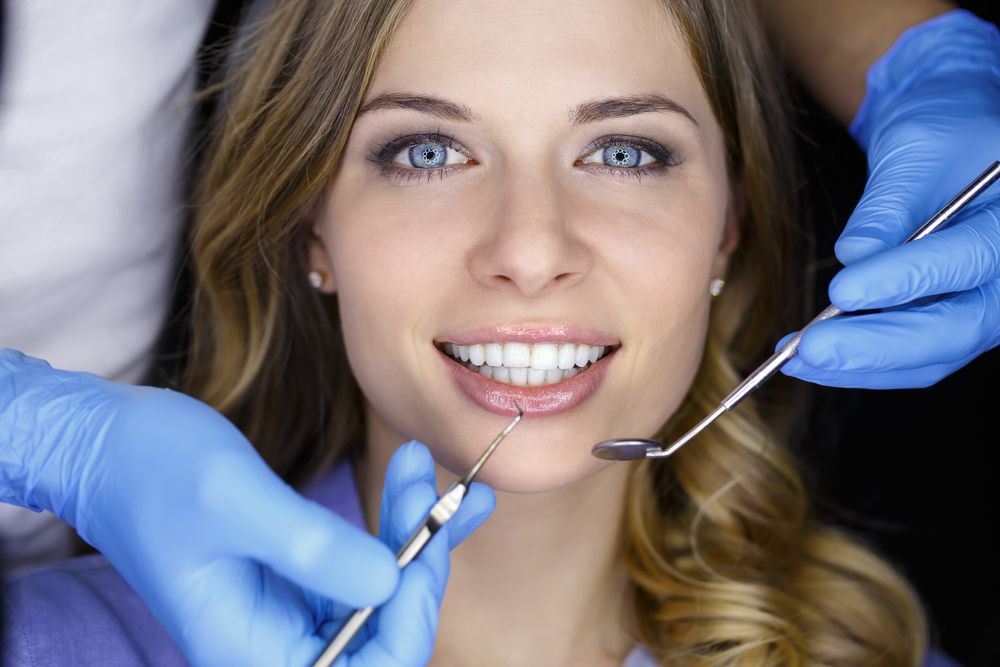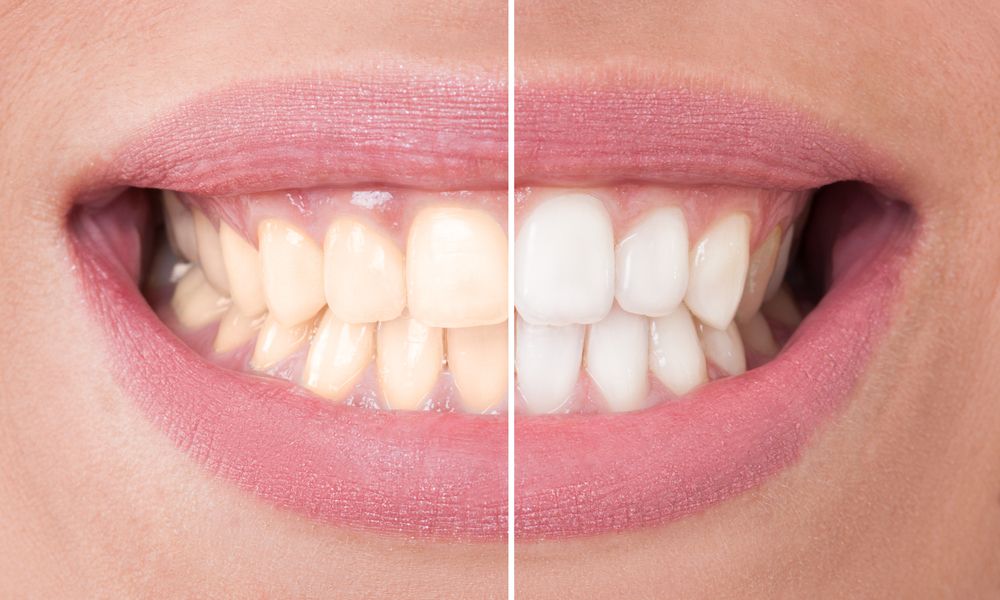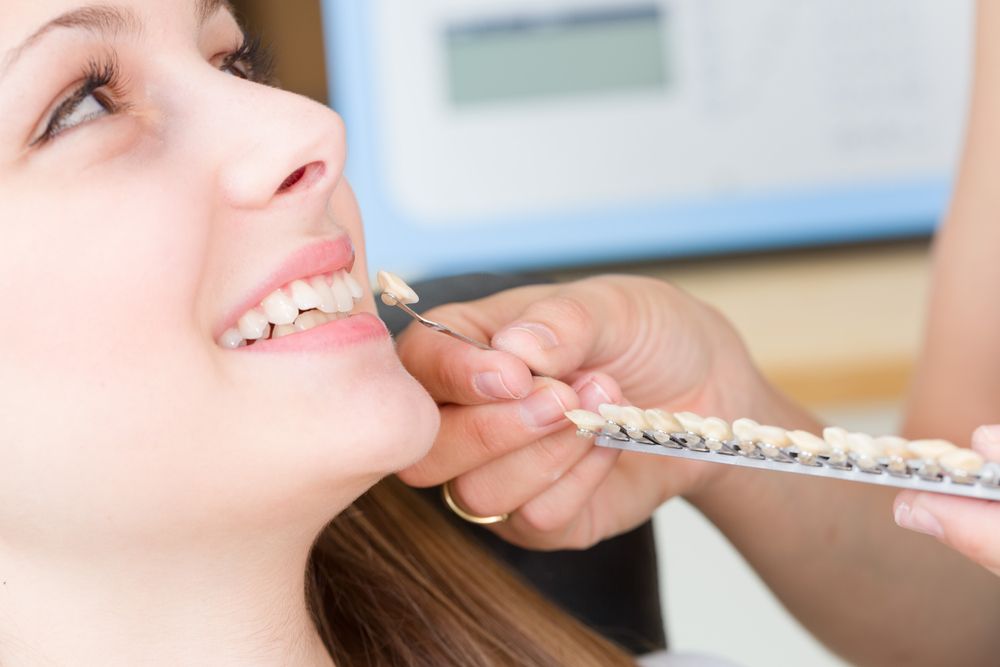Medical technology has been advancing at a breakneck pace for the past several decades, and dentistry hasn’t been left behind. Dental professionals are constantly looking for the newest forms of treatments and technology that will aid in providing their patients with the best possible care, and we’re going to introduce you to some of the newest advancements that have been made.
VELscope
This technology employs a special form of light that our dentists use to detect dental abnormalities. VELscope is particularly effective in the detection of disease and cancer in its earliest stages as part of an oral screening.
Digital X-Rays
A common concern of patients is the amount of radiation they’re exposed to during a dental exam. The newest forms of imaging technology employ digital x-rays, which not only employs 90% less radiation than traditional x-rays but provides viewable films to the dental staff immediately. These images are able to be zoomed in on for highly accurate assessments of dental health.
Invisalign
For decades braces have been the go-to method of straightening misaligned teeth. While effective, braces are uncomfortable and unsightly. Invisalign is an innovation in this area of dental care that provides the benefits of braces while remaining nearly invisible. Additionally, Invisalign can be removed when eating, removing dietary restrictions associated with braces.
Laser Dentistry
Past techniques for whitening, reducing tooth sensitivity, tumor removal, and filling cavities have often been uncomfortable for the patient, and time-consuming. New innovations in laser technology have created painless alternatives that also aid in eliminating harmful bacteria.
Dental Implants
Traditional dentures are often ill-fitting, uncomfortable, and prone to embarrassing mishaps like slippage. Modern dental implants provide prosthetic teeth that are nearly indistinguishable from normal teeth and are long-lasting.
HealOzone
This innovation uses ozone (O3) to rapidly kill bacteria and fungus painlessly. It also makes a great tool for detecting tooth decay and suppressing it before it becomes more advanced.
DIAGNOdent
This cutting-edge technology is capable of detecting cavities in places that traditional x-ray techniques can’t locate. By employing DIAGNOdent your dentist ensures that no early signs of cavities go unnoticed, saving you time and money on future dental treatments.
Intraoral Camera
This tool employs a special camera that provides well-defined and precise images of places difficult to see in a patient’s mouth with traditional imaging. Just one more tool to aid your dentist in a thorough and accurate assessment of your dental condition.
These are just some of the technologies that have been brought into common use in recent years in our dental offices. Every year we keep an eye out for new methods of treating our patient’s dental concerns by improving visibility, reducing discomfort, and aiding us in providing complete and thorough assessments. If you have any questions about the technology your dentist is using in your exams, don’t hesitate to ask! Curious patients are educated patients, and we love to encourage our patients to be knowledgeable about their dental care.
